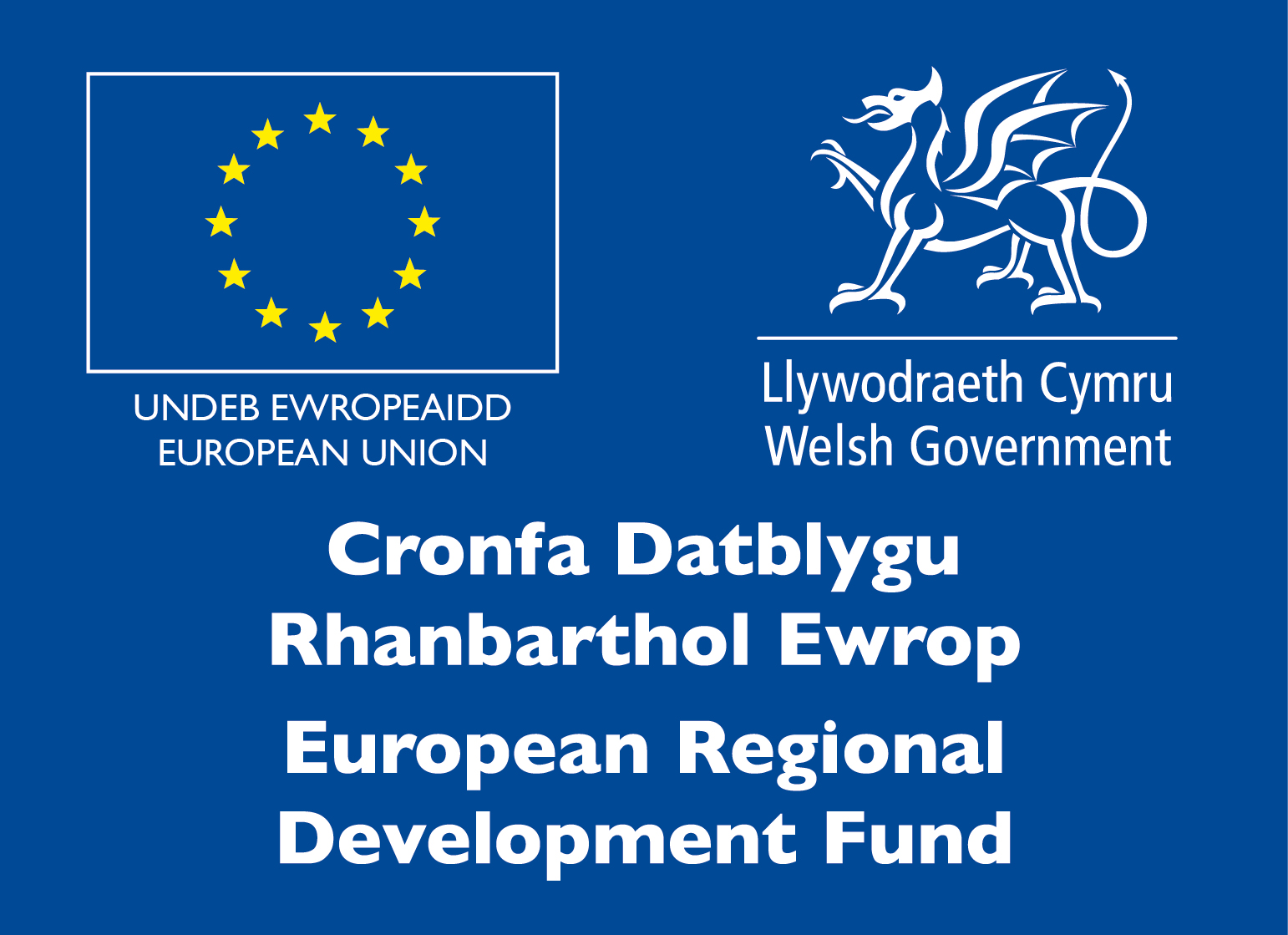White Room Gallery
Mae'r cynnwys hwn ar gael yn Saesneg yn unig.
The co-owners of the White Room Gallery at Harlech Pottery handcraft the potteries in their workshop, using traditional kiln firing methods. The unique designs are then sold in the White Room Gallery, situated on Harlech high street.
Learning points
- Adoption of digital technologies can be a gradual process, developing alongside the skills and confidence of the business owners.
- Informal sharing of ICT knowledge is an important tool for the owners who might otherwise lack the confidence to develop digital solutions.
- Digital technologies can offer an incremental benefit but do not need to replace the traditional offline processes involved in the business operations.
Introduction to the update
The first case study of The White Room Gallery was undertaken in July 2018. This update seeks to update its progress towards digitalisation of its business processes some 17 months later (December 2019).
Superfast broadband adoption
Broadband access has remained a consistent barrier over the 17-month period. Located within the basin of Harlech town centre, the Gallery struggles to obtain reliable connectivity.
Previously, the retail outlet relied on standard connection with a telephone line. However, due to rising costs with little use, the owners have recently decided to remove the telephone connection and instead utilise the telephone at their workshop located near the owners’ residence. Similarly, the business relies on superfast broadband connectivity available at the workshop for all digital-related operations.
IT skills and resources
One of the barriers for the business when implementing broadband-enabled digital technologies is the need for a certain level of skill proficiency.
The business benefits from informal ICT support, where training, guidance and advice is provided when required. This has enabled the business to implement some small-scale digital improvements, including the tailored use of social media and the ongoing development of a digital product catalogue.
The IT specialist is also able to provide direct support through remote access, helping to overcome any technological difficulties and offering bespoke training when required.
Building on the emphasis on informal IT support, the owner discussed the benefits of developing the connections with the Potters’ Community and sharing knowledge of the craft alongside IT skills.
For example, the younger generations might benefit from sharing knowledge on the traditional processes, whereas the older generation would benefit from additional IT and digital support. Increasingly, the business is looking for informal ways to improve its digital capacity and make incremental digital improvements that support, rather than replace, the offline craft processes.
In addition to this IT support, the owners of White Room Gallery have also enquired about undertaking Business Wales digital and social media training courses to help improve their digital skills and boost their confidence to develop digital solutions. Unfortunately, to date these have been held at locations that are difficult to access from their base in Harlech.

White Room Gallery information flow diagram new.docx
Highlighting the internal and external communication flows of the business.
Os na all eich meddalwedd gynorthwyol ddarllen y ddogfen hon, gallwch chi ofyn am fersiwn hygyrch drwy ebostio web@caerdydd.ac.uk. Cynhwyswch yr adnoddau cynorthwyol a ddefnyddiwch chi a’r fformat sydd ei angen arnoch.
Use of digital technologies
Over the past 17 months, the White Room Gallery has continued to incrementally implement digital technologies into the business that run alongside the traditional processes involved in the craft of ceramics.
One major development is the investment and utilisation of high specification digital cameras costing £800 and £600 respectively. The cameras were used to photograph the ceramics and pottery, which will be compiled into a digital catalogue and displayed on the website. Photographing the pottery and ceramics is an important skill that is supported by high specification cameras that fully capture the lighting, colours and quality of the product. These will then be uploaded onto one of the desktop computers before being collated into a catalogue and uploaded onto the website.
The business is also extending its social media profile. Most recently, attempts have been made to establish a Facebook page for the Gallery. The business also continues to rely on shared advertising with the Harlech Tourism Board, where the Gallery and a number of its products are displayed on their website. Similar connections are also been made with the recently refurbished Harlech Castle.
Business performance
An important aspect reiterated through the case study is the potential benefits that can be unlocked through incrementally adopting digital and broadband-enabled technologies, without trying to replace the traditional offline practice of the ceramics craft.
The business is therefore looking for small-scale and easy to implement changes that support the business operations, rather than replace them. Moreover, even when digital technologies are used to support wider communication and promotion of the products, the Gallery’s preference remains largely focused on word of mouth and more personal interactions with current and prospective clients.
Despite these reservations, a number of business performance benefits are detailed. Using social media and the website, the business is able to extend its customer base, attracting sales from outside of the Harlech area. It is estimated over the last 12-months, a modest half a dozen customers have directly referenced the website as a reason for their purchase.
Additional benefits are in terms of the quality of the promotional material and its reach. Using the digital cameras and creating a high specification online brochure allows the business to promote its product in an authentic and easily accessible format.
